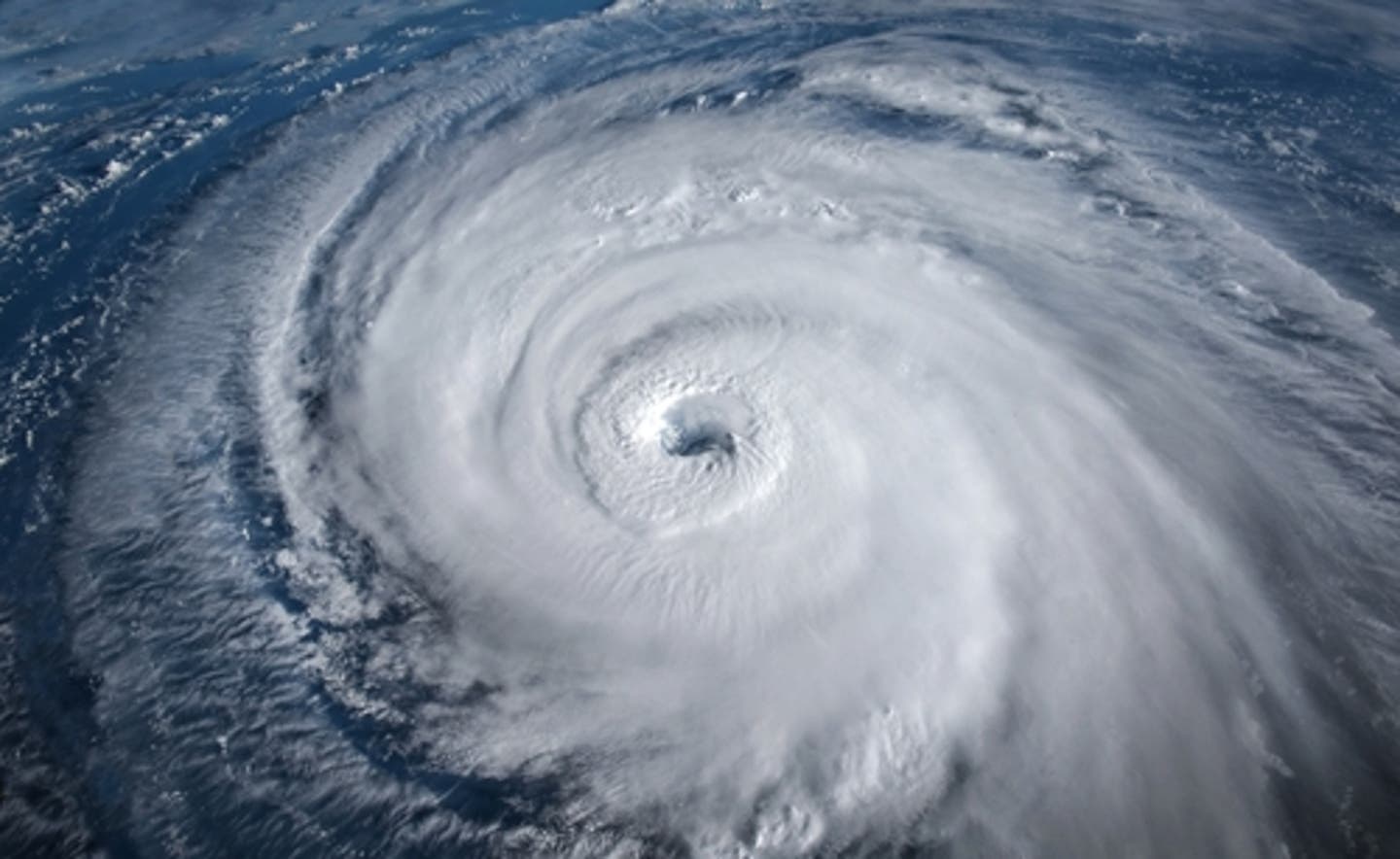
Storm damage from hurricanes can range from minor damage to major destruction.
Hurricanes are typically sorted into five categories, according to their sustained wind speed. It can be confusing to understand what each category means, and the dangers associated with them. But it essentially boils down to this: the higher the speed, the higher the category, and the higher the danger and risk of destruction.
Who Developed the Hurricane Categories?
The Saffir-Simpson Scale was developed in the early 1970s by engineer Herbert Saffir and meteorologist Robert Simpson to determine the effects of a hurricane’s sustained wind speed on a particular area. Simpson later added storm-surge levels to the categories. Additionally, low atmospheric pressure is related to hurricane strength.
All five categories can produce major damage—intense flooding, tornadoes, loss of life, and more. Extreme caution and preparation should be taken before a hurricane makes landfall.
Category 1 Hurricane
According to researchers at the National Weather Service’s National Oceanic and Atmospheric Administration, during a Category 1 hurricane, wind speeds range from 74-95 mph (119-153 km/h).
A Category 1 hurricane can cause minimal damage, although the wind’s strength is considerable. Notable effects include:
- Coastal flooding.
- Pier damage.
- Damage to loose, poorly designed, and/or unanchored signs.
- Damage to unanchored mobile homes.
- Power outages that may last for several days.
- Well-constructed frame homes suffering damage to siding, shingles, and gutters.
- Snapped branches.
- Uprooted or toppled trees with shallow roots.
Category 2 Hurricane
A Category 2 hurricane is classified as causing moderate damage. With a Category 2 hurricane, wind speeds range from 96-110 mph (154-177 km/h).
Damage can include:
- Major power loss that could last for days or even weeks.
- Major roof and siding damage.
- Snapped and/or uprooted trees, which may block roads.
- Pier damage.
- Significant damage to mobile homes.
- Damage to roofs, doors, and/or windows.
Category 3 Hurricane
A Category 3 hurricane can cause major damage. During this level of storm, wind speeds range from 111-129 mph (178-208 km/h).
Damage can be extensive, and may include:
- Unavailable electricity and/or water for days or weeks.
- Damaged roof decking and gable ends on well-built framed homes.
- Snapped and/or uprooted trees, which may block roads.
- Destroyed mobile homes and poorly built signs.
- Inland flooding.
- Significant damage to small residences, including utility buildings.
- Destroyed small structures by the coast.
- Large structures damaged by floating debris.
Category 4 Hurricane
A Category 4 hurricane is classified as causing extreme damage. During this level of storm, wind speeds range from 130-156 mph (209-251 km/h).
Damage can include:
- Power outages, which may last weeks or even months.
- Snapped and uprooted trees.
- An abundance of downed trees, which can isolate communities.
- Downed power lines and poles.
- Significant damage to non-bearing exterior walls and roof structure in well-framed homes.
- Complete roof failure on small structures.
- Significant eroding of beach areas.
- Significant inland flooding.
Category 5 Hurricane
A Category 5 hurricane can bring catastrophic damage. At this level of storm, wind speeds range from 157 mph or higher (252 km/h or higher).
Damage can include:
- Complete roof failure and wall collapse in well-framed homes.
- Snapped and uprooted trees. An abundance of downed trees may isolate communities.
- Power failure for weeks to months.
- Uninhabitable communities (which may last for months).
- Blown over small structures. They may be blown away entirely.
- Major inland flooding that may flooding or damage the first several floors of a building.
SERVPRO is Prepared for Anything
No matter what level of hurricane strikes your home or business, you can rely on the professionals at SERVPRO. Whether you experience minimal damage or find your home or business in need of extreme cleanup and reconstruction services, we’re here to help, fully committed to returning your property to pre-loss condition, “Like it never even happened.”
Contact us today to schedule your assessment or learn more about our services, or visit our FAQ and Glossary for more information.